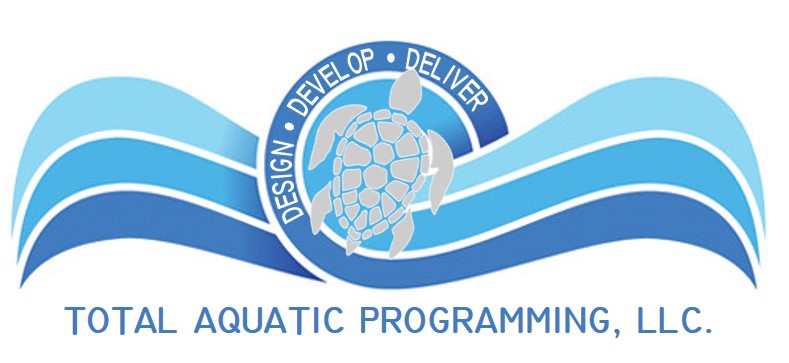Water is an essential part of life, whether as a means to survive or a source of enjoyment. However, it can also pose serious risks, particularly to children who might not fully comprehend the dangers. According to the Centers for Disease Control and Prevention (CDC), drowning is the third leading cause of unintentional injury death worldwide, claiming an estimated 236,000 lives each year.
Why Water Safety Education Is Essential in Schools
Water safety education is integral to providing a well-rounded education. About ten people, including children 14 or younger, die daily from unintentional drowning in the US. Educating children on water safety can significantly reduce these numbers.
The Benefits of Water Safety Education
Schools have direct access to children, making it easier to ensure they receive water safety education. Schools offer a structured learning environment where children can learn, practice, and receive feedback on their understanding of water safety. Finally, a school environment involves peer learning, and fostering a water safety culture. Teaching water safety in schools provides multiple benefits.
Lifesaving Skills
Water safety skills are more than learning to swim. They include teaching children to understand water environments, recognize the dangers, and know how to respond to emergencies. As a result, teaching water safety in schools arms children with potentially life-saving skills.
Confidence and Physical Health
In addition to being a lifesaving skill, swimming lessons can also build confidence and improve overall physical health. According to the National Institutes of Health (NIH), children who participate in swimming lessons exhibit increased flexibility and muscular strength, decreased depression and improved mood, and improved physical stamina compared to their non-swimming peers.
Accident Prevention
Drowning can occur in a matter of seconds and often happens quietly, without any noticeable struggle or calls for help. While there’s no guarantee, water safety education can teach children to avoid dangerous situations in or near water.
Implementing Water Safety Education in Schools
Given the compelling benefits, how can schools integrate water safety education effectively?
School Curriculum
It’s vital to incorporate water safety lessons into the existing school curriculum. Various organizations like Stop Drowning Now offer resources and guidelines that schools can utilize to teach students water safety and swimming skills effectively. For example, the Stop Drowning Now Educator Platform provides a comprehensive curriculum suite filled with songs, games, stories, and other hands-on, age-appropriate activities that fully engage children.
In addition, schools should consider integrating water safety into their science curriculum. That could highlight the science behind water safety by incorporating lessons on buoyancy, water pressure, and the physics of swimming. It’s an approach that can deepen students’ understanding of water-related concepts and enhance the importance of safety measures.
Another idea includes organizing interactive activities like role-playing scenarios, simulations, or games that involve water safety situations. The hands-on approach can help students develop critical thinking skills and empower them to make informed decisions in real-life water-related situations.
Training Teachers
Teachers should be adequately trained in water safety instruction. Providing teachers with the necessary training ensures they can effectively convey water safety information to students and conduct practical and effective lessons.
Collaboration With Local Organizations
Schools should consider partnering with local organizations like Stop Drowning Now, the Red Cross, swim clubs, lifeguard associations, and other water safety organizations. These partnerships can provide practical resources and expert guidance to exchange water safety education.
The Future of Water Safety Education
With technological advancements, water safety education is increasingly accessible. Online platforms, artificial intelligence, and virtual reality tools are revolutionizing how children can learn about water safety.
Water safety education in schools isn’t just about teaching children to swim. It’s about instilling in them a deep respect for water and understanding the potential dangers. It’s about equipping them with the knowledge they need to stay safe and respond correctly in emergencies.
Teaching water safety is more than just an addition to the curriculum; it’s an investment in the safety and well-being of our children. Water safety knowledge can mean the difference between life and death, and every child deserves the chance to learn, grow, and swim safely.
As parents, educators, and policymakers, we have a collective responsibility to prioritize this crucial aspect of education. Through collaborative efforts and an unwavering commitment to water safety, we can work toward a future where drowning and water-related tragedies are a thing of the past.
Working Together To Prevent Drowning
Together, we can end drowning and save lives and heartache! Take our Water Safety Challenge to measure your family’s water safety competence, and help us provide water safety outreach to schools and community groups to keep all kids safe.



